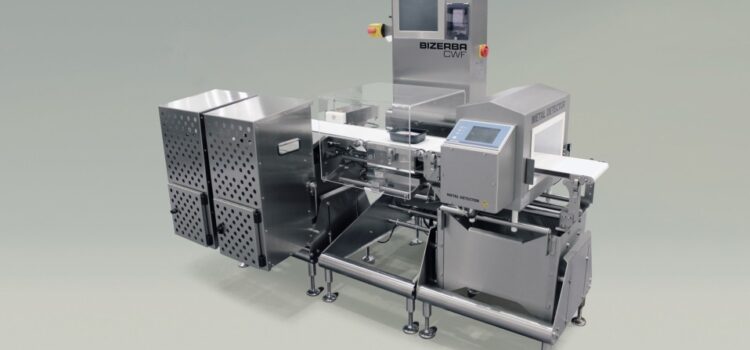
Enhancing Food Safety: The Evolution of Industrial Food Inspection Systems
In an era where food production is on an industrial scale to meet the demands of a growing global population, ensuring food safety is paramount. The rise of industrial food inspection systems has revolutionized the way we monitor, detect, and prevent potential hazards in our food supply chain. These systems incorporate advanced technologies, automated processes, and stringent protocols to uphold the highest standards of safety and quality in the food industry.
Traditionally, manual inspection processes were prone to human error and inefficiencies. However, with technological advancements, the landscape of food inspection has undergone a significant transformation. Today, industrial food inspection systems leverage cutting-edge technologies like machine vision, artificial intelligence (AI), and robotics to streamline the inspection process while maintaining accuracy and precision.
Vision Inspection
Machine vision, a key component of these systems, employs cameras and sensors to analyze visual information. By utilizing AI algorithms, these systems can identify defects, contaminants, or irregularities in food products with remarkable speed and accuracy. Whether it’s spotting foreign objects, detecting abnormalities in packaging, or ensuring proper labeling, machine vision plays a pivotal role in enhancing the efficiency of food inspection.
Moreover, the integration of robotics has further elevated the capabilities of industrial food inspection systems. Robotic arms equipped with specialized tools can perform intricate tasks such as sorting, grading, or handling delicate food items. These robots work seamlessly alongside human operators, augmenting productivity while maintaining stringent hygiene standards.
One of the most significant advantages of these advanced inspection systems is their ability to operate non-destructively. Unlike traditional sampling methods that might compromise the integrity of the product. Modern inspection technologies allow for thorough examination without damaging the items being inspected. This non-destructive approach not only ensures food safety but also minimizes waste—a critical consideration in today’s sustainability-focused environment.
Furthermore, the implementation of real-time monitoring and data analysis is a game-changer in food inspection. These systems can collect vast amounts of data during the inspection process, enabling continuous improvements through predictive analytics. By identifying patterns and trends, manufacturers can proactively address potential issues. Thereby preventing recalls and ensuring consumer confidence in the safety of the products.
As we continue to witness advancements in technology, the future of industrial food inspection systems looks promising. Innovations such as hyperspectral imaging, blockchain integration for traceability, and the use of drones for aerial surveillance are poised to further revolutionize food safety measures.
In conclusion, industrial food inspection systems represent a pivotal shift in the food industry’s approach to safety and quality assurance. By harnessing the power of technology, these systems not only enhance efficiency and accuracy but also uphold the fundamental right of consumers to safe and healthy food.
This blog post provides an overview of the evolution and significance of industrial food inspection systems, highlighting their technological advancements and their crucial role in ensuring food safety and quality.
